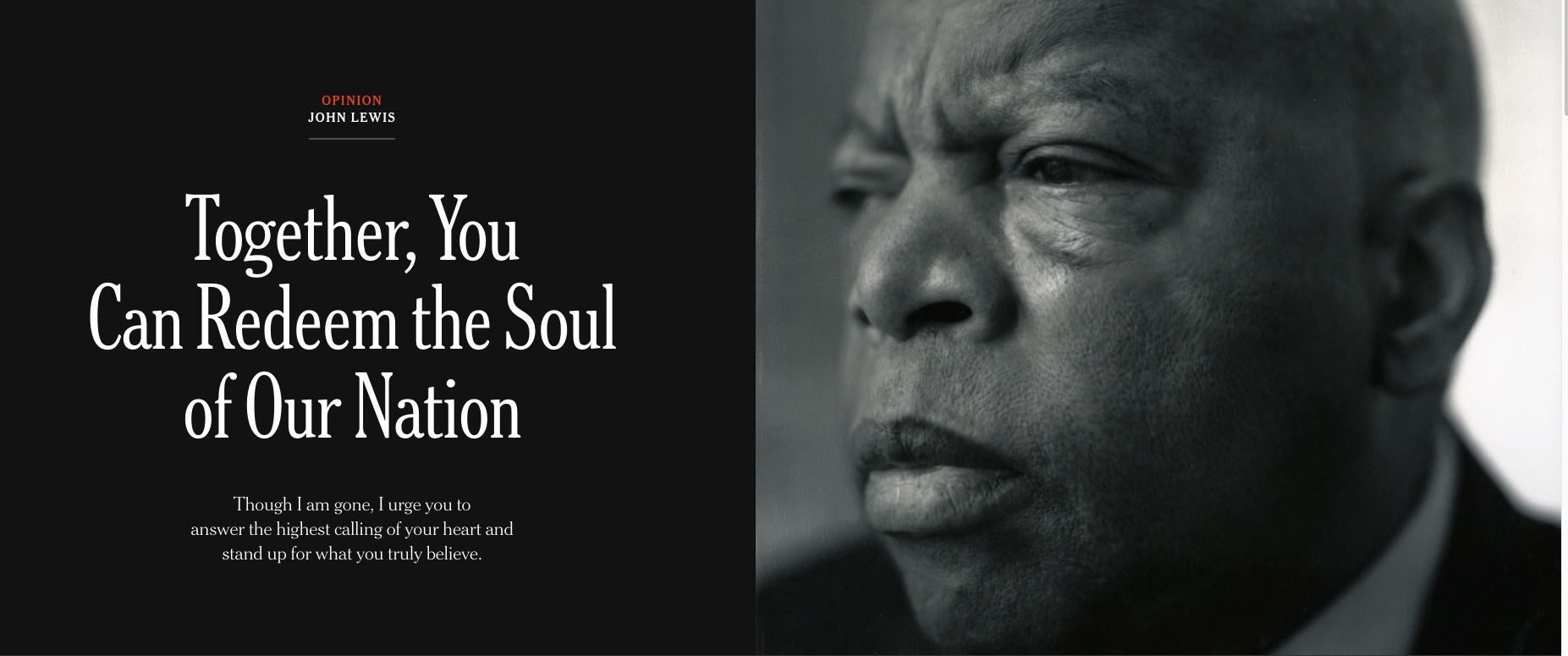holocaust
The Ten Stages of Genocide By Dr. Gregory H. Stanton
The Ten Stages of Genocide By Dr. Gregory H. Stanton © 2016 Gregory H. Stanton Genocide is a process that develops in ten stages that are predictable but not inexorable. At each stage, preventive measures can stop it. The process is not linear. Stages may occur simultaneously. Logically, later stages Read more…




